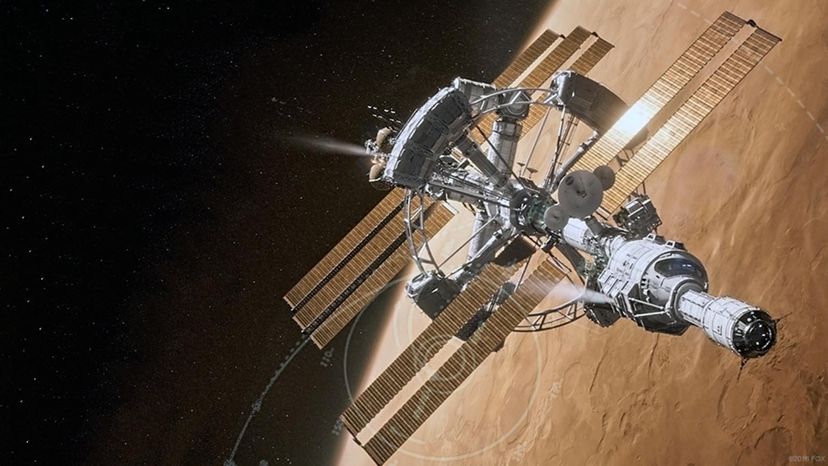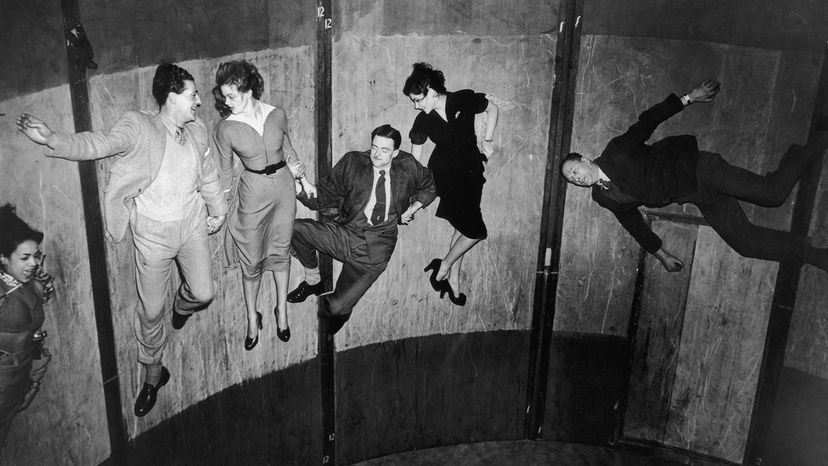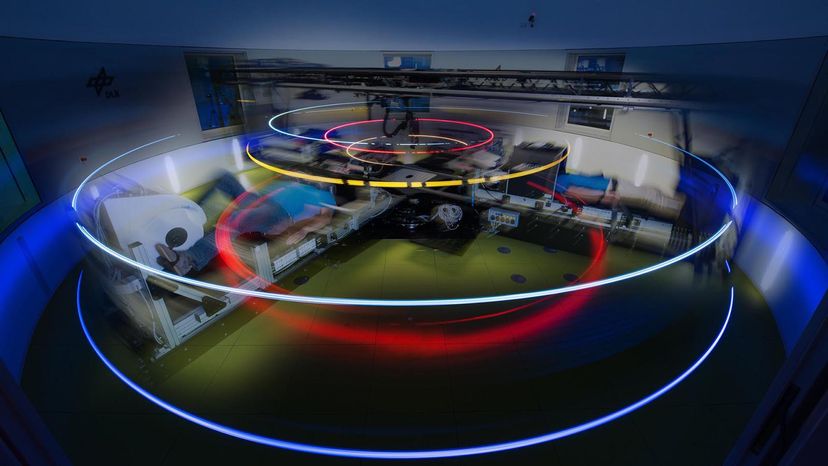
Imagine that you're inside a vehicle — or other machine — spinning around so fast that the force presses your body against the wall or seat. As you spin faster and faster, that pressure forcing you against the wall increases (and conversely it decreases as the spin slows down). This is how we create artificial gravity, as the weight feels just like the force of gravity that keeps your body grounded to the earth.
If you're like most people, your most dramatic experience with this type of spinning force is probably from an amusement park ride — specifically a classic Rotor Ride that has produced a great deal of joy (and yes, vomit) since the middle of the 19th century. But a handful of people, including astronauts and military pilots, experience the same phenomenon in a human-rated centrifuge, a machine that spins to produce these high "G forces," also called acceleration.
Advertisement
They experience this G-force aboard high-performance aircraft during high speed turns, during launches into space, and when spacecrafts rapidly slow as they reenter Earth's atmosphere. In this article, we'll explore how far artificial gravity has come since the Rotor Ride, as well as what the future might hold for this promising technology.

Advertisement


